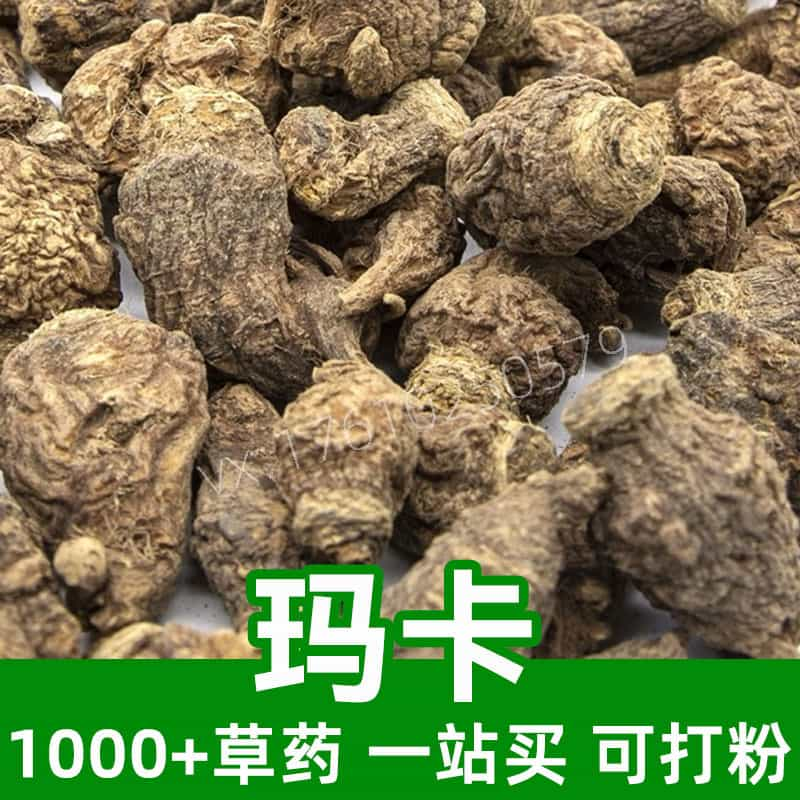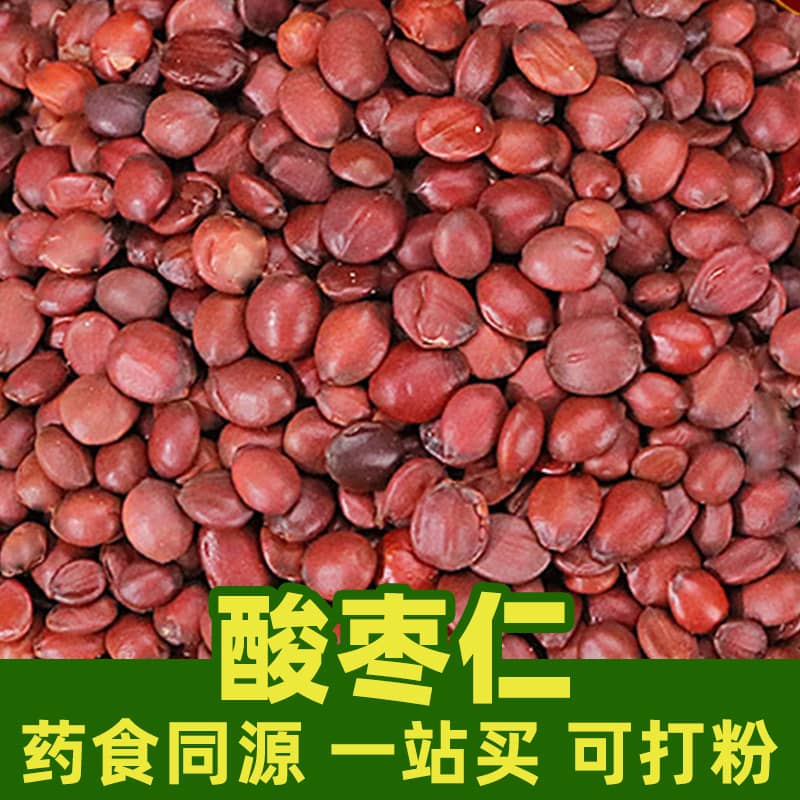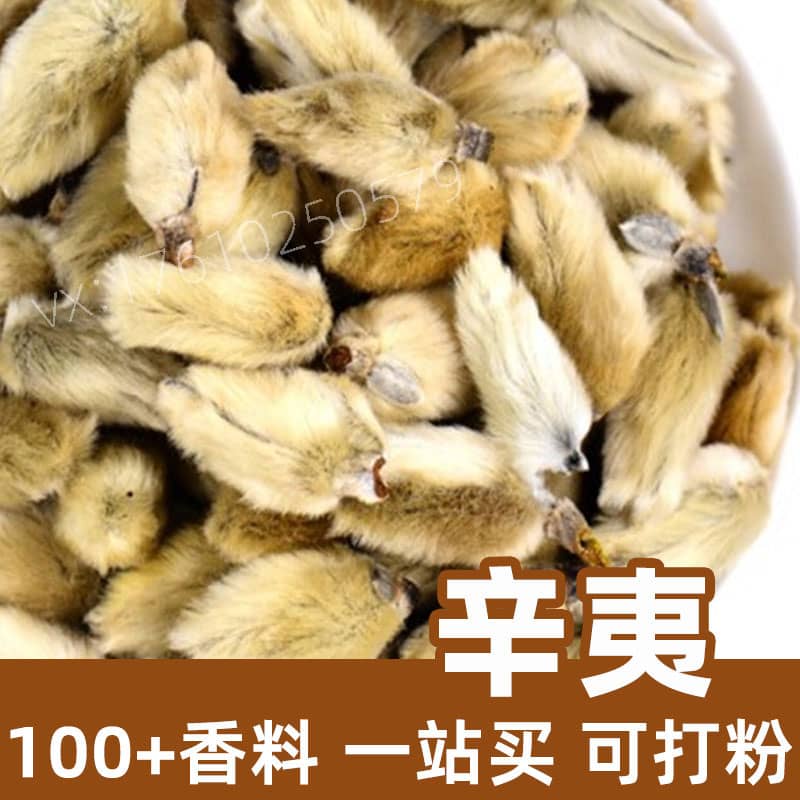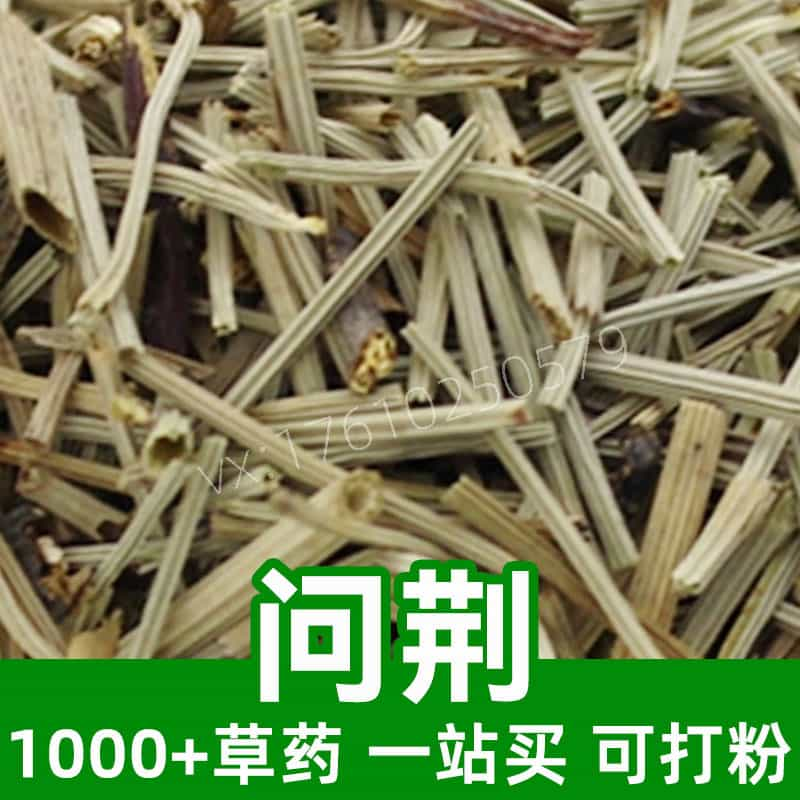Introduction to Reed Root
Reed root is a common medicinal herb made from the rhizome of the common reed. Its primary components include active ingredients such as polysaccharides, flavonoids, volatile oils, tannins, and proteins. The collection process is straightforward; it involves harvesting the underground rhizome of the reed, followed by washing and drying. In TCM, reed root is often used for clearing heat and dampness and relieving coughs and phlegm. It is effective for symptoms like cough due to damp-heat, lung heat coughs, and diarrhea. With its neutral properties linked to the liver and stomach meridians, it helps regulate damp-heat conditions in the body, promotes phlegm expulsion, and alleviates discomfort caused by respiratory diseases. Reed root can be consumed as a decoction or used in TCM prescriptions or processed into reed root tea. For storage, it should be kept in a dry, ventilated place away from sunlight and humidity to maintain its efficacy.
Main Active Ingredients of Reed Root
Reed root is a medicinal plant with several active components that provide various pharmacological effects:
- Polysaccharides: Rich in polysaccharides that help regulate immune function, exhibit antioxidant properties, and have anti-inflammatory effects, enhancing the body's immunity.
- Flavonoids: These compounds possess antioxidant, antibacterial, and anti-inflammatory properties that help reduce inflammation, promote wound healing, and protect cardiovascular health.
- Volatile Oils: Containing small amounts of volatile oils that have strong aromas and pharmacological activity beneficial for promoting respiratory health.
- Tannins: Tannins in reed root have astringent properties that can help stop bleeding and alleviate some digestive system issues.
- Proteins: Rich in proteins essential for growth and maintaining life activities; they aid in tissue repair and enhance physical strength.
Together, these components contribute to various pharmacological actions such as clearing heat and detoxifying, promoting dampness resolution and phlegm elimination, relieving coughs and asthma, as well as strengthening the spleen and stomach. In TCM practice, reed root is often used for treating symptoms like damp-heat coughs, diarrhea, jaundice, etc., while also helping to regulate immune function.
Applications of Reed Root: Uses and Dosage
Reed root is an important medicinal herb with extensive applications in both TCM and food industries:
- Applications in TCM:
- Clearing Heat and Detoxifying: Used for treating heat-related illnesses such as colds with fever or sore throats.
- Promoting Dampness Resolution: Effective for treating coughs caused by damp-heat phlegm.
- Cough Relief: Useful for bronchitis and asthma.
- Strengthening Spleen and Stomach: Helps address issues related to spleen deficiency or lack of appetite.
- Applications in Food:
- Flavoring Agent: Reed root's unique aroma makes it suitable as a flavoring ingredient in cooking.
- Health Supplements: Extracts are used in health products aimed at boosting immunity or improving digestion.
- Functional Foods: Its rich nutritional content allows it to be used as an ingredient in various health foods.
- Dosage Guidelines:
- Decoction: Clean the appropriate amount (10-15 grams), slice or chop it before boiling with water; adjust according to health condition.
- Culinary Use: Ground into powder or used in tablet form for inclusion in medicinal dishes; daily consumption varies based on individual needs but should not exceed recommended amounts.
- Oral Preparations: Available as granules, pills, or capsules; follow product instructions or consult a TCM practitioner.
When using reed root:
- Consult a TCM practitioner before use to determine appropriate dosage based on specific conditions.
- Pregnant women, nursing mothers, children, and the elderly should use it under medical supervision.
- Avoid use if allergic; discontinue immediately if any adverse reactions occur.
Overall, reed root holds significant potential as an important medicinal herb with valuable applications across both TCM practices and food industries.
Overview of the Source Plant: Distribution and Growth Environment
Reed root comes from the rhizome of the perennial herbaceous plant known as common reed (scientific name: Phragmites australis), belonging to the grass family. Here’s detailed information about its source plant:
- Plant Characteristics:
- Common reed can grow tall (up to 2-4 meters) with robust rhizomes that spread horizontally underground.
- The stems are upright with hollow sections resembling bamboo joints; leaves are broad and long with large panicles of flowers.
- Distribution:
- Commonly found across temperate and subtropical regions worldwide; it thrives in wetland areas.
- In China, it grows abundantly in northeastern regions as well as along lakeshores, riversides, marshes, rice fields, etc.
- Growth Environment:
- Reed adapts well to various moist environments such as lakeshores, riverbanks, ponds, marshes, wetlands, rice paddies, and coastal areas.
- It tolerates cold temperatures as well as drought conditions; also shows resilience against saline-alkaline soils while contributing to environmental remediation.
- Growth Characteristics:
- Reed exhibits rapid growth rates (up to 1-2 meters per year) with rhizomes spreading horizontally underground forming dense stands over time.
- Ecological Significance:
- As an essential wetland plant species with strong ecological functions—stabilizing soil structures while purifying water quality—providing habitats for birds among other benefits.
- It plays a crucial role in wetland ecosystem protection and restoration efforts.
In summary, reed root originates from the rhizome of the common reed plant widely distributed across wetland environments globally; its adaptability makes it ecologically significant.
Harvesting Processing and Storage of Reed Root
Reed root is an important medicinal herb requiring careful attention during harvesting processing and storage:
- Optimal Harvest Time:
- The best time for harvesting is after the growth of reed stems has ceased—typically late autumn to early winter when they begin dormancy.
- Harvesting Methods:
- Choose healthy green reed plants using tools like sickles or saws to cut underground rhizomes carefully without damaging growth points to ensure regeneration capacity.
- Processing Steps:
- Immediately wash harvested reed roots to remove soil impurities before drying them either under sunlight or shade until moisture levels are appropriate.
- Dried roots can be cut into segments for easier storage or use.
- Storage Recommendations:
- Store in a cool dry place with good ventilation away from direct sunlight or humidity to prevent spoilage.
- Use breathable bags or containers for storage while sealing them properly; keep away from odorous substances to prolong shelf life.
- Precautions:
- Avoid using chemical agents or additives during processing to prevent contamination.
- Regularly check stored roots for quality; discard any that show signs of mold or off odors immediately.
As an important medicinal herb whose efficacy depends on proper harvesting processing techniques along with suitable storage methods—ensuring optimal quality retention is crucial for maximizing its therapeutic value.
Monica Sun is a seasoned expert in the natural raw materials industry, with over a decade of experience specializing in traditional Chinese medicinal herbs, spices, and fungi. She is skilled in the sourcing, processing, and application of these materials, emphasizing sustainability and innovation. Monica Sun has contributed to the development of high-quality natural raw materials that serve as essential components in functional foods, pharmaceuticals, and cosmetics, delivering tailored solutions to meet diverse market needs.
















